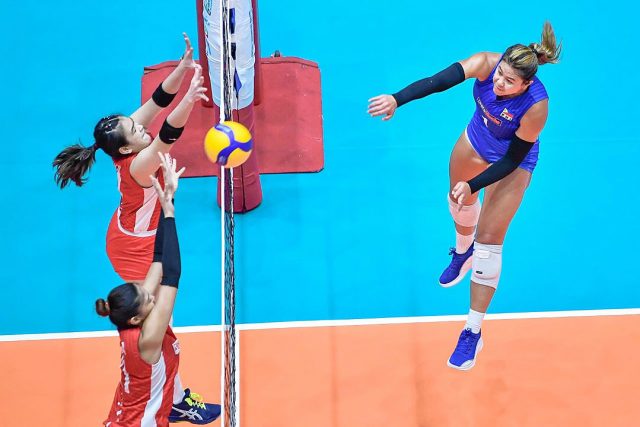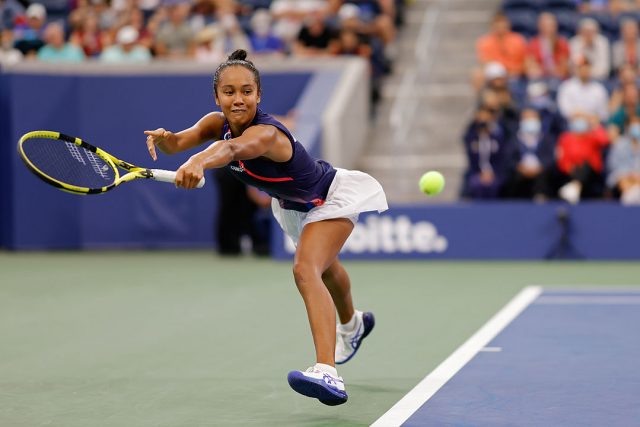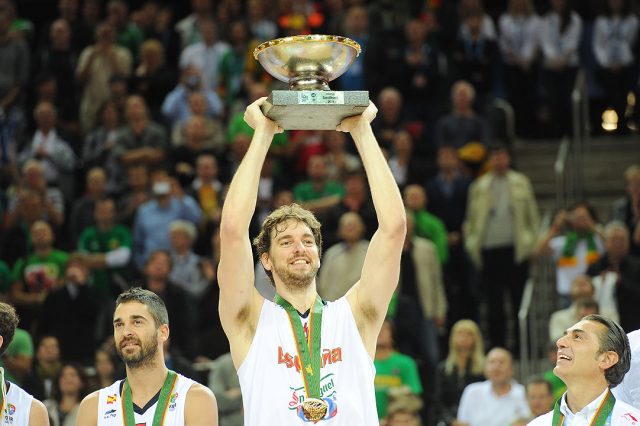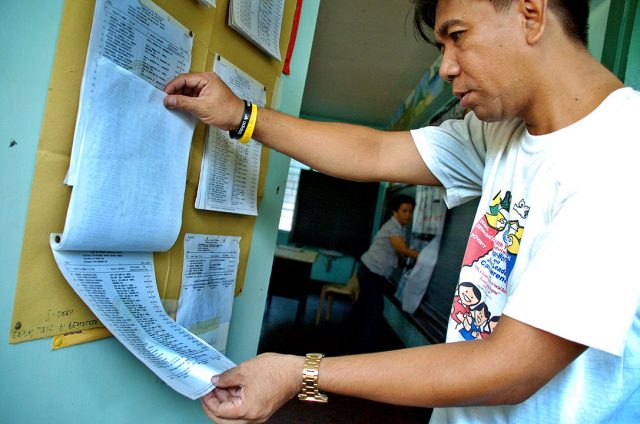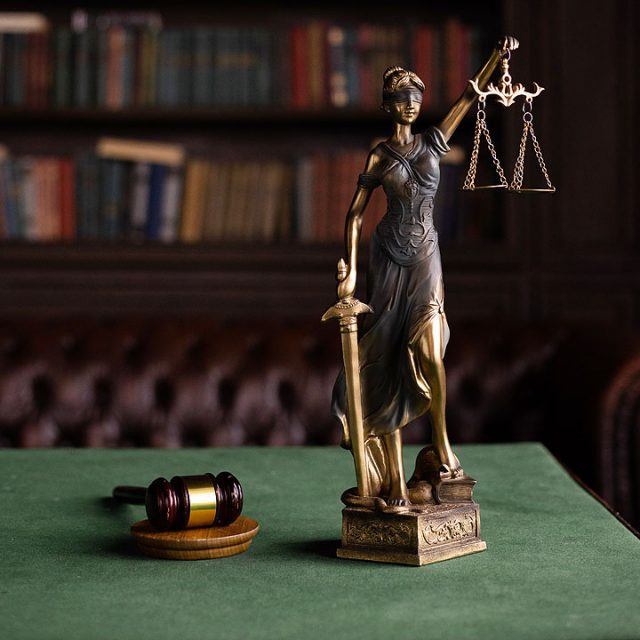PWNFT can go places given ample time to train and play together, says coach Maro
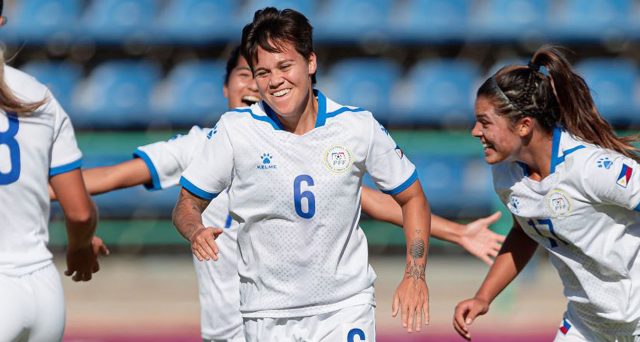
THE Philippine women’s national football team (PWNFT) is girding for its bid in the Asian Football Confederation (AFC) Women’s Asian Cup happening next year where it hopes to go deeper and vie for a spot in the 2023 International Federation of Association Football (FIFA) Women’s World Cup.
It is something that the team’s coach, Marlon Maro, underscored needed to be given focus just as he said they have a realistic shot at claiming a World Cup spot provided the team has ample time to train and play together.
“We have the support of the PFF (Philippine Football Federation) and FIFA as well as our team manager Jefferson Cheng, who has been taking care of our needs. But the thing we have to work on is how we can assemble the team as a whole. How the team can train as one,” said Mr. Maro in their session on the online Philippine Sportswriters Association (PSA) Forum on Tuesday.
The coach said they are angling to resume their training in California as soon as possible in preparation for the AFC Women’s Asian Cup in India taking place from Jan. 20-Feb. 6, 2022, but with the Manila-based players in tow.
The team earned a spot in the Asian Cup after topping Group F of the qualifiers in Uzbekistan last month.
It, however, had to do with the players training in two camps, one trained in California while another group who have no United States visas trained in the country overseen by the coaching staff online.
The whole team then converged in Tashkent for the qualifiers proper.
Mr. Maro said it is a setup they are looking to avoid so as to have the best-prepared team possible.
“The face-to-face training is still not clear in the Philippines given the stand of the government that things will only open up when the general population is already vaccinated [for coronavirus disease 2019 (COVID-19)]. And we can’t wait for that moment because the Asian Cup is in January,” said Mr. Maro.
“So the plan is for the players to go to the US because they are already open there. The problem is getting the visas for them. But we’re hoping we can get schedules in the embassy here,” he added.
The national team hopes to land among the top five teams in the Asian Cup to advance to Australia for the World Cup, where no Filipino team has yet to make it.
Mr. Maro said it is not going to be easy, but they are not going to use it as an excuse not to compete hard and that given the right circumstances, he believes they can go places.
“Save for China, I think we can compete with the rest of the field. If we’re given more time to train and play together, I think we can,” said the coach, who was joined in the PSA Forum by assistant coach Rose Ton Barinan and midfielder Rocelle Mendano.
Teams which have already qualified for the AFC Asian Cup apart from the Philippines are India (host), Japan (defending champion), Australia, China, Vietnam, Indonesia, South Korea, Iran and Thailand. — Michael Angelo S. Murillo

